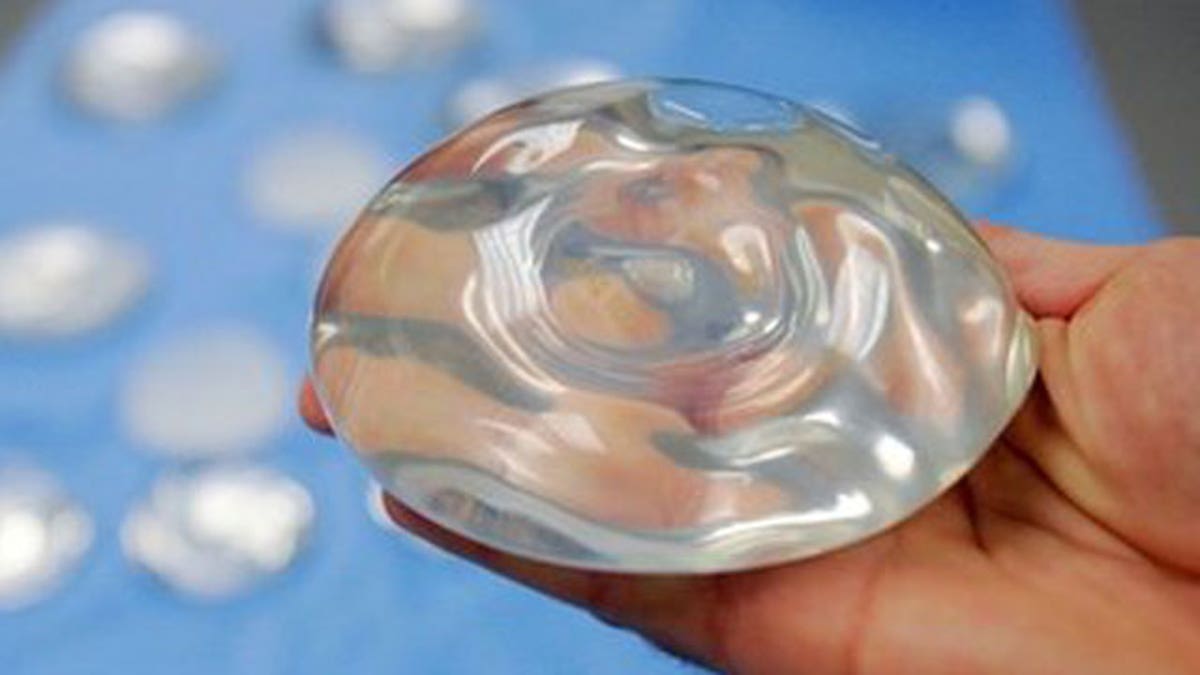
(Associated Press)
Silicone breast implants have made a big comeback in cosmetic procedures, a little more than six years after the U.S. Food and Drug Administration lifted its ban on most use of the devices.
In 2012, 72 percent of the 330,631 breast-augmentation procedures in the U.S. used silicone implants, while 28 percent used saline, or sterile salt water.
In 2006, the year the ban was lifted, only 19 percent of procedures used silicone, according to new statistics released Tuesday by the American Society for Aesthetic Plastic Surgery, a group of more than 2,600 plastic surgeons.
Surgeons and patients say silicone implants look and feel more like natural breasts. But the FDA banned their use in cosmetic procedures in 1992 after complaints that the devices ruptured—and among concerns that they could lead to health problems, including connective-tissue diseases like rheumatoid arthritis.
Those links were never confirmed and when the FDA lifted the ban, it said silicone implants are "safe and effective." During the ban, silicone implants continued to be allowed for use in breast reconstruction.
Still, in a 2011 report, the FDA noted that about 20 percent of patients who receive silicone implants for breast augmentation will need them removed within 10 years, and as many as 50 percent of women who receive them for breast reconstruction will require removal after 10 years. Potential complications of the devices include infection, scarring and a hardening of the area around the implant called capsular contracture.
In recent years, there have been advances in silicone-implant technology. Last month, the FDA approved a new "form-stable" implant from drug and device maker Allergan Inc. that surgeons say has more of a natural teardrop shape—especially useful in reconstruction surgery after a single-side mastectomy when a doctor wants to match the shape of a patient's remaining natural breast.
The implants are also firmer.
"If you cut one of these in half and you squeeze it, the silicone will protrude from the open end, but if you release the pressure, it goes right back in," says Robert X. Murphy, Jr., president-elect of the American Society of Plastic Surgeons. "The old silicone would just drip out and leak all over the place."
Murphy, who has no financial links to any of the implant companies, said that, if there is a rupture, the new devices are easier to remove and "took away the concerns to a large degree that there would be free silicone in the body."
A similar device from implant maker Sientra Inc., which some surgeons dub "gummy-bear" implants, was approved in March 2012.
